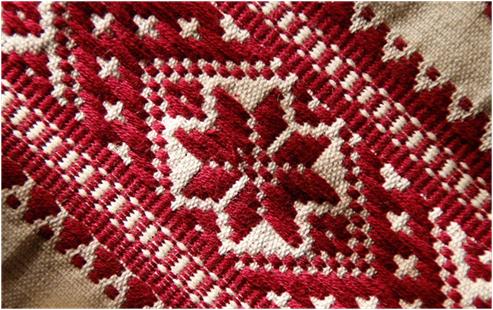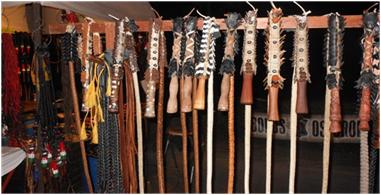Home » Posts tagged 'Jászberény Városi Önkormányzat' (Page 2)
Tag Archives: Jászberény Városi Önkormányzat
HUNGARY HORN CARVING

HUNGARY COPPER SMITHING

HUNGARY BLUE-DYEING

HUNGARY HATS
The size, shape, form, decoration, and accessories of hats were one powerful indicators of occupation and social status in Hungary.

HUNGARY WEAVING

HUNGARY TEXTILES

HUNGARY LEATHER WORK
Hungarian leatherworkers fashion leather into footwear, harnesses, and saddles. Horse wranglers use a lassso-like rope to seperate a horse from the herd. The most famous tool of the trade is the ’karikásostor’, a whip woven of leather strings.


HUNGARY FOLK JEWELLERY
Jewelry has long been an essential element in the traditional dress of Hungarian girls and women.



HUNGARY FOLK EMBROIDERY
FOLK EMBROIDERY
The techniques and embroidery styles vary according to theri base material and yarn type. In the 18th century, free-hand floral designs of various stitch types began replacing the older geometric motifs. This led to the development of several distinctive regional and local styles of embroidery; th ebest-known of these come from Kalocsa, Kalotaszeg and Mezőkövesd.

HUNGARY Testvérvárosok Baráti Egyesülete
The Association „ Testvérvárosok Baráti Egyesülete” is situated in Jászberény, a region of central Hungary called Jászság. The town is located about 70 km from Budapest, the capital of Hungary, on the Zagyva river.






































